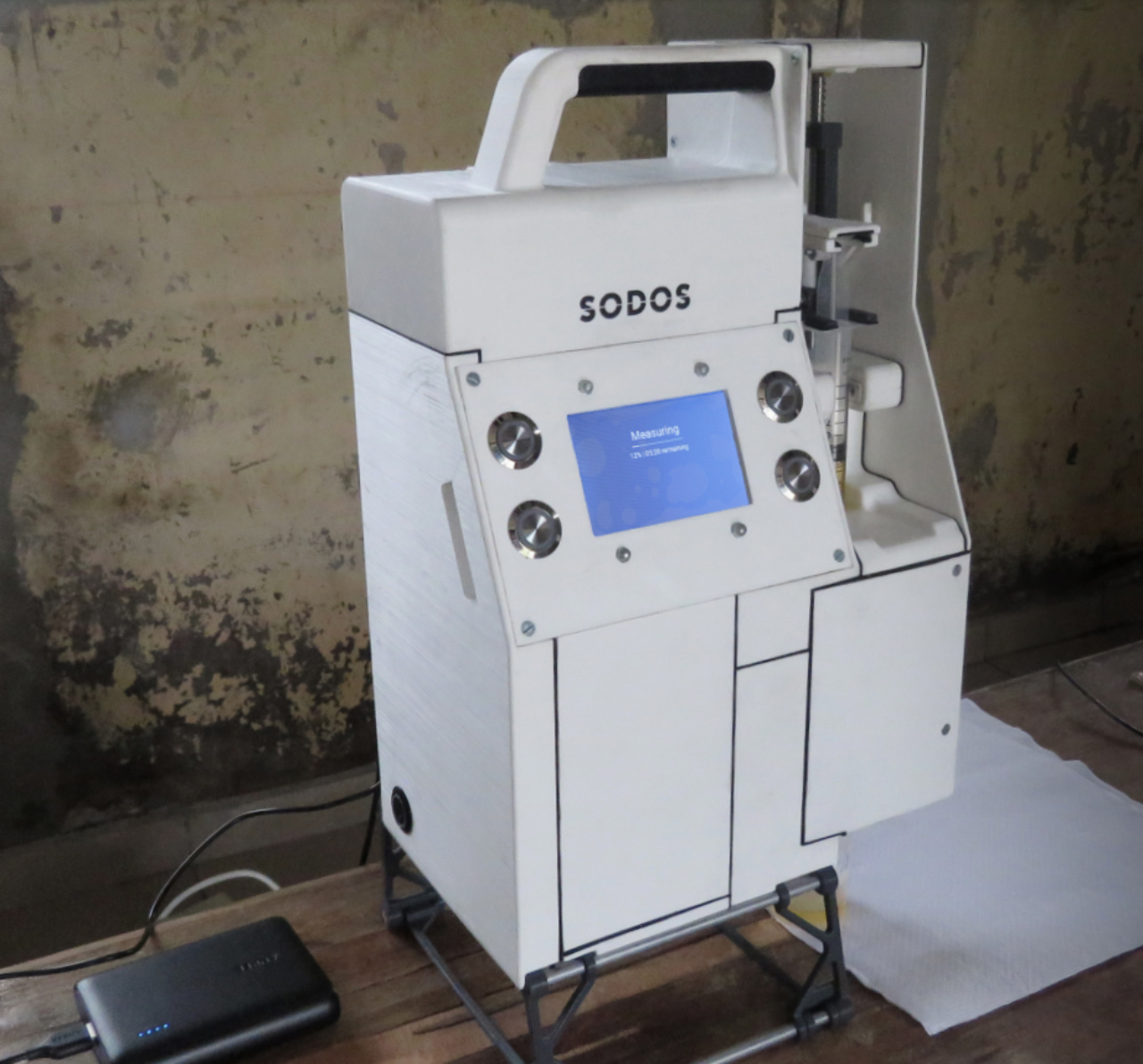The Smart Optical Diagnostic Of Schistosomiasis
ongoing
Master thesis by Max Hoeboer (Integrated Product Design & Biomedical Engineering)

Urinary schistosomiasis is with over 110 million infected people one of the most common parasitic infections worldwide, most commonly found in Sub-Saharan Africa. Urinary schistosomiasis is caused by the Schistosoma Haematobium (SH) parasite. The most common diagnostic method is manual microscopy, in which urine is manually examined to see whether SH eggs are present. This method requires expensive materials and well-trained staff, and is therefore often not available in remote areas. Therefore, a more accessible and automated method is being developed at the Delft University of Technology, based on the automated flow-based holographic analysis of urine samples. As the technology and its algorithms have become well developed and a context analysis for a diagnostic device using this technology has been performed, a clear need presents itself for developing the experimental setup into a functional and interactive diagnostic device and prototype.
To do so, the different components within the development of the diagnostic technology and product interaction have been separately developed in parallel design processes. Once the components were deemed sufficiently developed to meet the lists of requirements set out, they were combined into a single product embodiment design and prototype. This integrated prototype was designed to be both functional interactive, and all software required for this purpose was created.

The resulting integrated prototype was validated and optimized at the facilities of the Delft University of Technology using SH eggs in saline solution provided by the Leiden University Medical Centre. After this, an extensive field research was performed in Ivory Coast. In this, high quality data of urine samples was obtained using the prototype, and diagnosis was performed via manual microscopy to determine the number of eggs that could be potentially observed by the prototype. Aside from this, the overall performance of the prototype and its interaction in the envisioned context were assessed. The data gathered can be used in the future to reassess the diagnostic potential of the holographic technology, and optimize the reconstruction and classification algorithms within the existing prototype to turn it into a fully functional diagnostic device, capable of providing reliable and accessible diagnoses to rural areas of Africa.
Have a look at the full thesis report here.